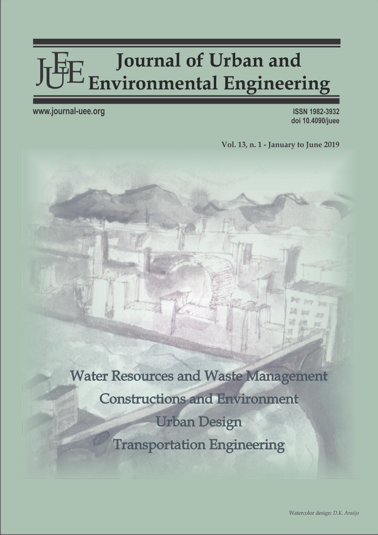IDENTIFICATION OF URBAN HEAT ISLAND SPREADING TO CONCENTRATION OF NO2, O3, AND PM10 POLLUTANT IN DKI JAKARTA
DOI:
https://doi.org/10.4090/juee.2019.v13n1.125-133Keywords:
Urban Heat Island, Land use Land-Cover Changes, air pollutionAbstract
Urban Heat Island is usually caused by Land use Land-Cover Changes (LULCC), including in Jakarta-Indonesia. Rapid development in Jakarta causes green open space to decrease and increase surface temperature in urban areas. In addition, Urban Heat Island also affects the spread of pollutants due to increased turbulence. Therefore, this study aims to find the link between temperature rise in DKI Jakarta which is influenced by land cover changes to pollutant spread such as NO2, PM10, and O3. This research begins with data processing observation of average temperature of DKI Jakarta area with meteorology station Tangerang, Banten for spatial calculation from year 2011-2016. In addition, LANDSAT 8 satellite image data is processed for spatial land and temperature encapsulation with Remote Sensing software from 2013-2015. As a result, in 2013 and 2015 there is a reduction in the area of vegetation that turns into non-vegetation (residential and industrial areas) that affect the temperature of the DKI Jakarta region is increasing. After that, sought the linkage between Urban Heat Island and the spread of pollutant concentrations in DKI Jakarta in 2013 and 2015. As a result, the increase of Jakarta area temperature, especially in pollutant observation area at five points, influenced the distribution of pollutant NO2, O3, and PM10 pollutant concentration balance with the dominan area such as roadside, industry, settlement in the time and area study in DKI Jakarta.Downloads
Download data is not yet available.
Downloads
Published
2019-10-05
Issue
Section
Articles




